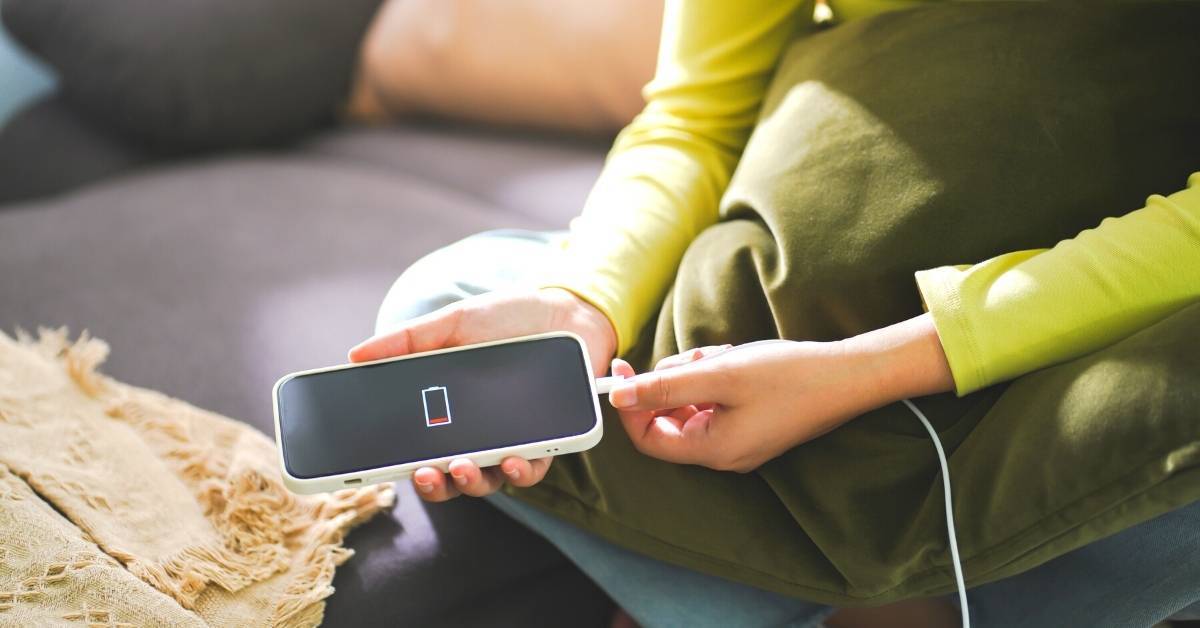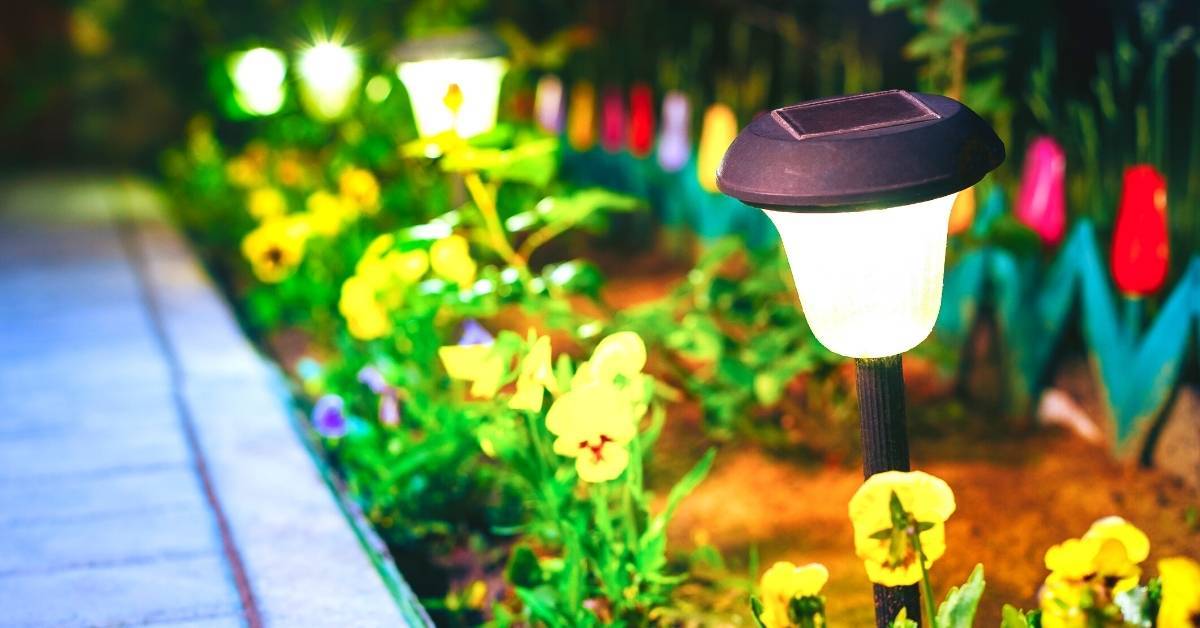
Introduction
Part 4 of our power brainstorming session. The topics again:
- Whole house power
- Heating and cooling
- Food preservation and preparation
- Lighting, communications, and devices
- Washing and hygiene
If you’re wedded to your phone, you may think we had our priorities all wrong, with devices coming in at number 4. But trust me, once you’re warm and fed, you’ll be glad we sorted those out first.
Lighting
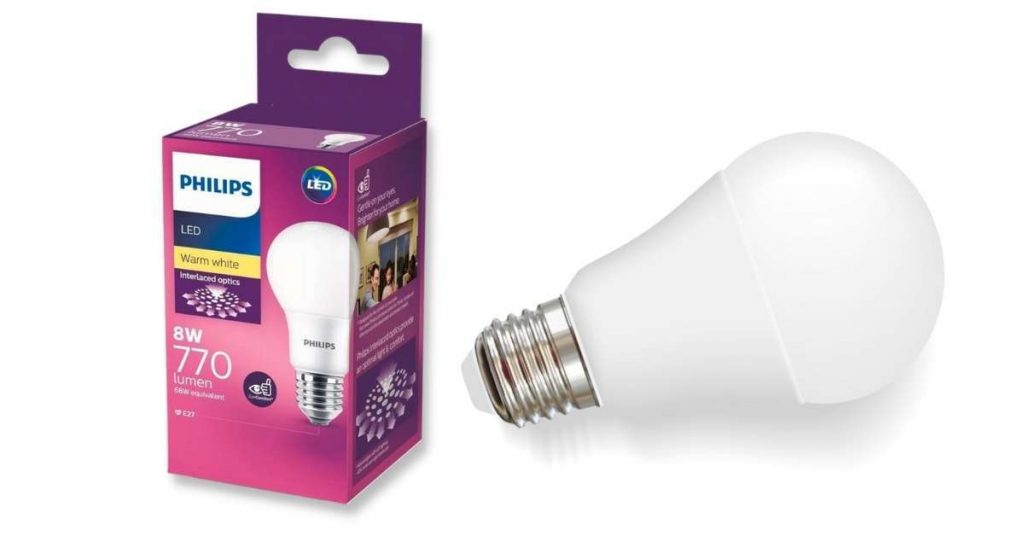
Before thinking about emergency lighting, let’s have a look at the best day-to-day lighting.
- First of all, there are old-school incandescent bulbs and fluorescent tubes. These were cheap as chips but used quite a bit of power, comparatively.
- Next came the ugly, curly Compact Fluorescent Lamps (CFLs) which cost more upfront, but use a lot less power. The drawback here is that they are full of mercury. If you break one of these, the whole room will be contaminated, so avoid these like the plague.
- We like the LED bulbs. But it’s important to get the best quality. We get the Phillips ones in the purple boxes which are more expensive than CFLs but are safer and can last for 15000 hours. Check the specs before buying though. Sometimes there’s what looks like a great two-for-one deal, then you find they’re only 10000 hours. Bunnings have the best prices that we’ve found.
For example, we just replaced a 75W incandescent bulb with an 8W 770-lumen bulb which is supposed to be equal to 68W, and it seems brighter.
Three main methods of emergency lighting:
Candles
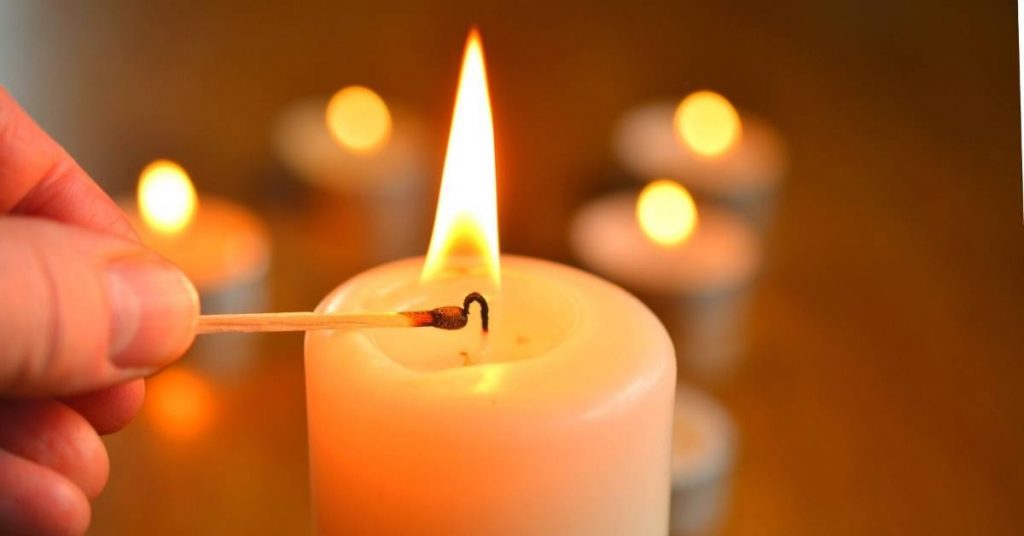
- Easy to source and store.
- Reasonably cost-effective.
- They don’t give a very strong light, so probably only suitable for temporary use.
- Need to be careful when leaving them unattended or around small children or pets.
- Require matches or gas lighters.
Battery-powered torches or lanterns
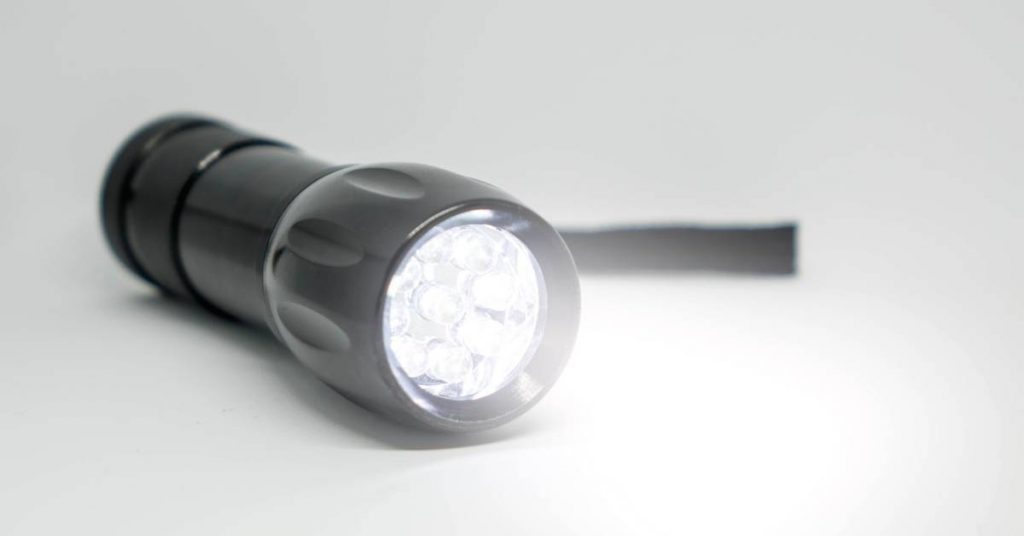
- We have a small torch in every room, so in an unexpected blackout, we can always find one in the dark.
- For longer-term use, something like this camping lantern from Amazon would be more useful. This one is rechargeable, so make sure it’s always got juice.
- Check out some of the camping stores to see if they have similar lanterns.
- Stock up on batteries for these and other battery-powered devices (eg clocks, remotes), as future supply could be impacted.
Solar-powered lighting
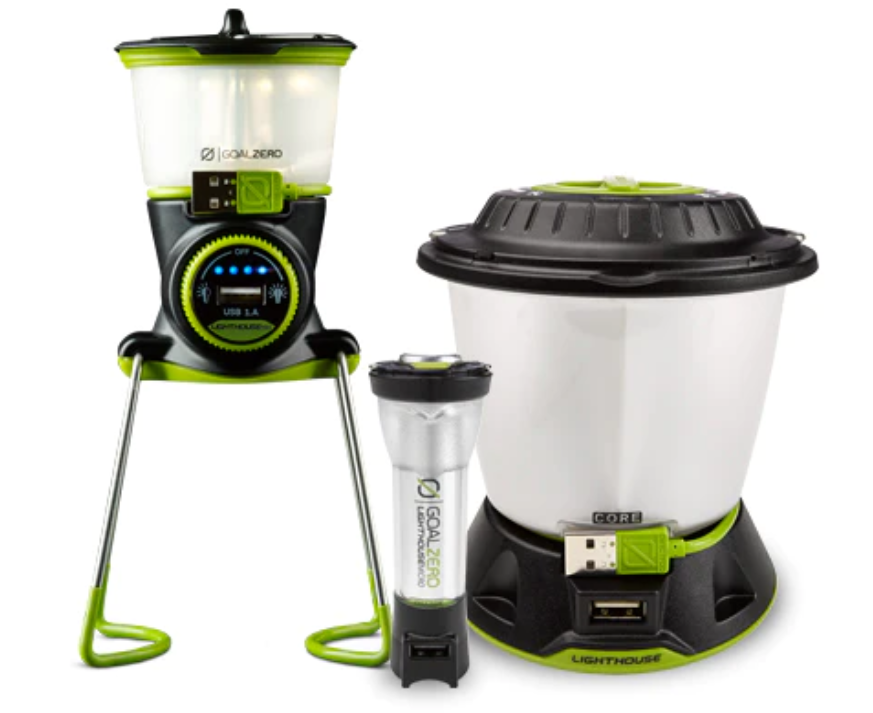
Saving the best for last, these seem like the best option for a prolonged power outage.
- Our outdoor solar lights work quite well even after overcast days.
- If you like solar lights in your garden, these could be brought inside if needed.
- A string of outdoor lights coiled in a jar makes a cute ambient light.
- Goal Zero makes portable power stations and has a range of lanterns that can be solar powered or recharged via USB.
- LED lights connected to a simple solar panel setup are a great ongoing renewable light source.
Devices

Before we get to an emergency situation, it would pay to think about power savings options on your PC or laptop. Check your settings to reduce your usage.
If you went with a Portable Power Station or any of the other whole-house power options, your devices shouldn’t take too much out of what is available. But there are other options:
- Standard power banks should have plenty of juice to keep your phone going for a while.
- If you already have one, make sure to always have it charged up.
- There are also special types of power banks for laptops.
- Many of the Goal Zero lanterns have a device charger included.
- There may be specific solar-powered power banks available.
- In Japan, there are phone chargers powered with water and salt, so we will attempt to find out more about those too.
Communicating

Now that you have your device charged up, is it going to be any use?
As well as potential power outages, we need to consider the possibility that the internet will go down, or that the cell phone network will go down. Each of these will require different solutions. Some of our ideas:
- Have a battery-powered radio for official announcements.
- In an internet outage, we understand Signal and Bastyon are most likely to keep going so important to have both downloaded.
- Would it be good to have a BackupUPS such as https://www.amazon.com/dp/B01FWAZEIU to keep the internet working?
- Consider buying an inverter. These can be plugged into a normal power socket and devices such as modems can be plugged into the inverter. In a power outage, the battery inside the inverter will continue to provide power to the modem and other small devices for a couple of hours. Extend the life of the battery by only using what is needed.
- If we can’t use our phones to communicate, consider satellite phones, walkie-talkies, ham, or other types of radios.
- Think about who you need to stay in contact with in an emergency and work out plans with them.
- Have a meeting place, and if someone doesn’t check in, visit to make sure they’re ok.
- There is an app for phones called Resonance (Wellington start-up) which we want to find out more about.

